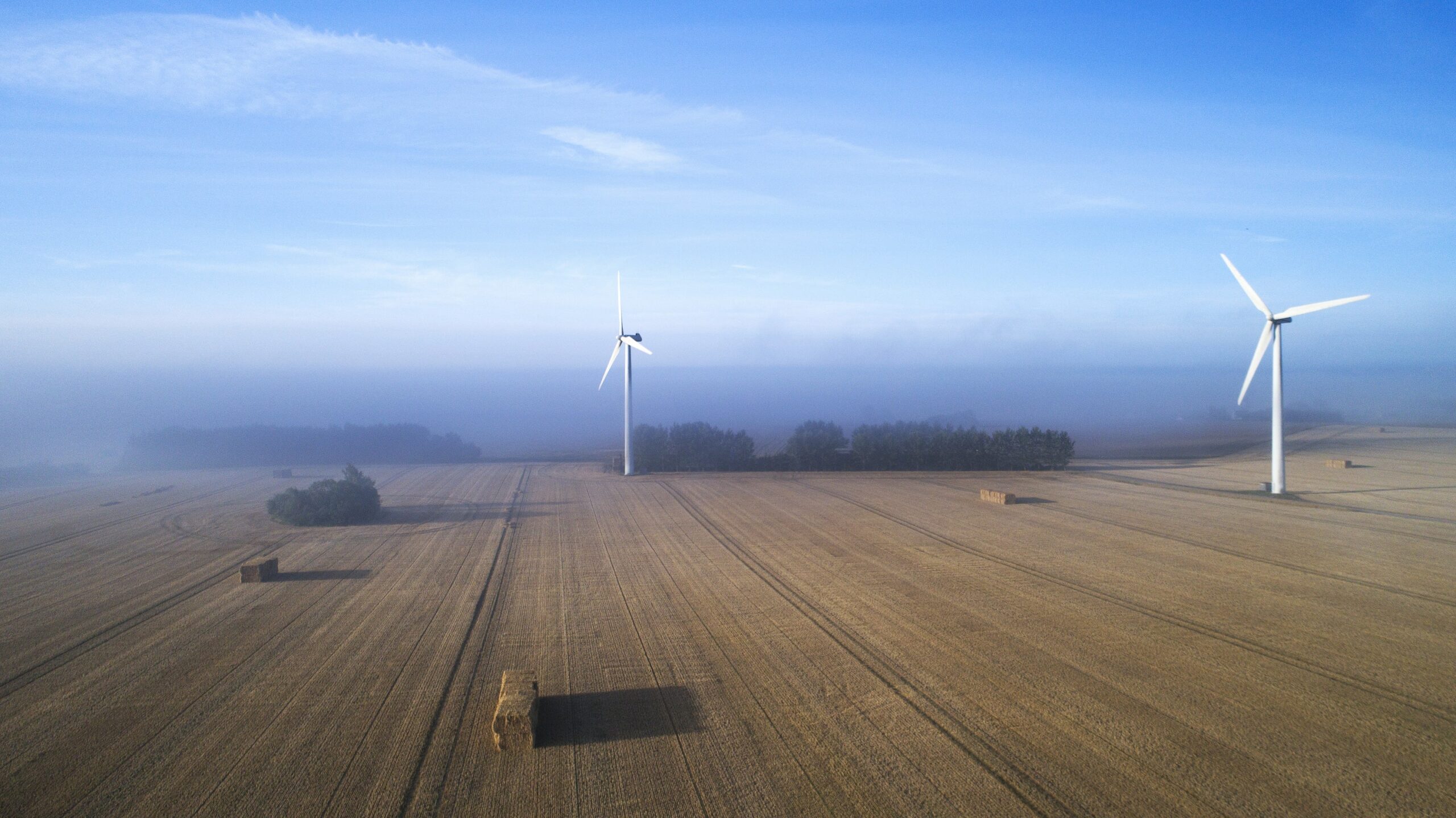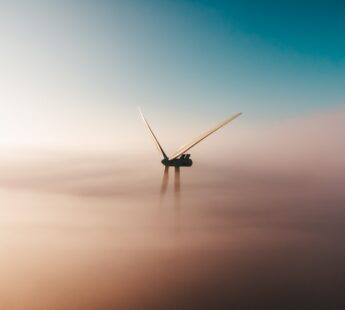News
Offshore wind
Wind farm planning and development
Wind turbine manufacturing and components
The World’s First Offshore Wind Farm Is Retiring


Today, offshore wind is a recognised and proven renewable energy technology, and the offshore wind turbines harvest the energy from the wind, transforming it into green power for millions of households. But it is actually only some 25 years ago that the world's first offshore wind farm was constructed close to shore in the low waters off Vindeby near Lolland in the south east of Denmark.
Vindeby Offshore Wind Farm, consisting of 11 offshore wind turbines, was connected to the grid in 1991. After more than 25 years of service, DONG Energy – owner and operator of the wind farm – has now decided to decommission Vindeby Offshore Wind Farm. But even though the wind farm is now being decommissioned, and even though the Vindeby turbines are small compared to current standards, they have been of vital importance for the industry according to Leif Winther, responsible for DONG Energy's Danish offshore wind farms:
- Vindeby Offshore Wind Farm is almost miniature-size in comparison with the giant projects which are now being realised in Northern Europe. But without the experience gained from the world's first offshore wind farm, we wouldn't be where we are today. It’s fair to say that Vindeby is the cradle of the offshore wind industry, and that this is where the industry was born, says Leif Winther.
- Related news: European Transmission System Operators to develop North Sea Wind Power Hub
From pioneer work to global industry
It was pioneers from the former Elkraft power company who experimented with installing wind turbines in shallow waters. Since the birth of Vindeby, offshore wind farms have reached utility-scale, and a single one of the largest turbines available today produces more power than the entire Vindeby Offshore Wind Farm.
- Vindeby Offshore Wind Farm has played a decisive role in scaling up the technology and reducing the costs to a level that makes offshore wind attractive to many countries facing replacement of end-of-life coal-fired power plants with new green energy sources, says Leif Winther.
Vindeby Offshore Wind Farm has covered the annual power consumption of around 2,200 households. In comparison, DONG Energy's future offshore wind farm off the east coast of England, Hornsea Project One, which when ready for commissioning in a few years will be the world's largest offshore wind farm, will be able to supply green energy to approximately one million households.
The offshore wind turbines at Vindeby are located 1.5-3 kilometres offshore. Today, offshore wind turbines are typically located much farther away from shore. Again, Hornsea Project One is setting a record as the 174 offshore wind turbines will be located an impressive 120 kilometres offshore where the strong winds will ensure a high level of power production from each of the large wind turbines.
- Related news: Great Danish Interest in Japanese Offshore Wind Aspirations
1,000 offshore wind turbines
DONG Energy has installed more than 1,000 offshore wind turbines in Denmark, Germany and the UK and is continuing to invest heavily in offshore wind farm projects in these countries as well as in the Netherlands, the United States and Taiwan.
Denmark is a pioneer in green energy transformation, and visionary politicians have secured the necessary scope to test new technologies. Vindeby Offshore Wind Farm marked the beginning of offshore wind power as an industry. The Danish wind industry in total employs 30,000 people, has an annual revenue of approx. DKK 90bn and an export volume amounting to around DKK 60bn.
- Related news: Ramboll Environ to Study Offshore Wind Energy Potential in Massachusetts
Facts about the decommissioning
When the wind turbines at Vindeby were installed in 1991, they were lifted into place in one piece, but when decommissioning begins in March 2017, the blades, nacelle and tower will be dismantled and taken down individually by a mobile crane on board a jack-up vessel. The concrete foundations will be broken down on site, mainly by hydraulic demolition shears, and collected afterwards.
All wind turbine components and foundations will be sent onshore to Nyborg Harbour where the components will be reused as much as possible as spare parts for other wind turbines. Some of the blades will become part of a research project at DTU Risø while others will be reused in an innovative noise barrier concept. One wind turbine will also become part of the exhibition at 'Energimuseet' (the Danish Museum of Energy). Components that are not immediately reusable will be transported to a certified recovery company.
During its entire lifetime, Vindeby Offshore Wind Farm has produced 243GWh of power. This corresponds to what seven of the largest offshore wind turbines today can produce in a single year. The turbines for Vindeby Offshore Wind Farm were supplied by Bonus Energi, now Siemens Wind Power, and the foundations were produced by MT Højgaard.















